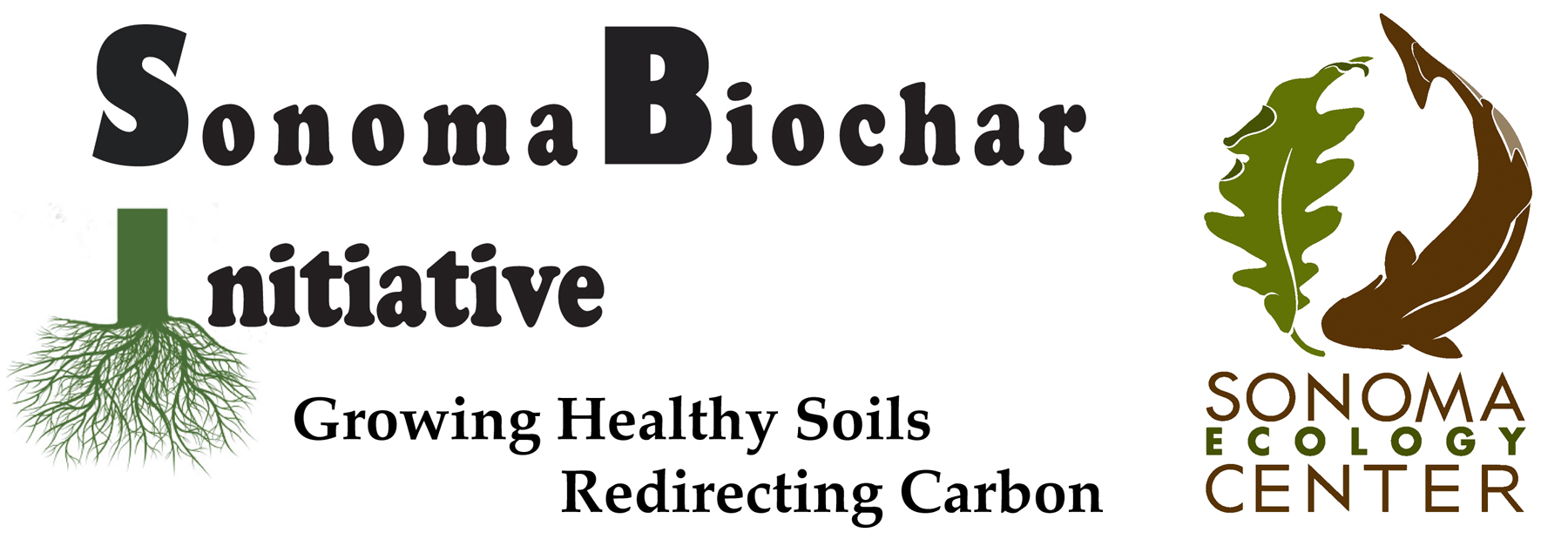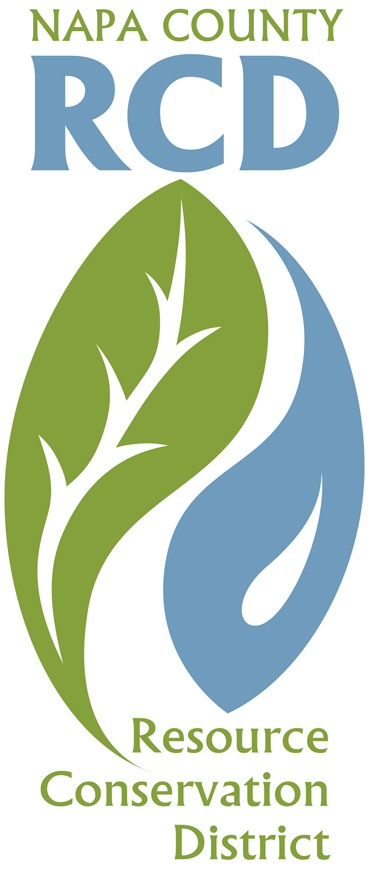More than a decade ago now, renowned soil scientist Wim Sombroek (1934-2003) brought to light the impressive performance of dark soils in the Amazon Basin. He along with fellow early scientists Johannes Lehmann, Dirse C. Kern, Bruno Glaser, William I. Woods among others help to establish the potential of what we now know as biochar.
Since those early days, scientific studies have continually been conducted to better understand the mechanisms that create the various observed qualities of biochar and carbon rich soils as well as production methodologies, climate effects, nutrient cycles and many other aspects of biochar.
The 2012 US Biochar Conference is pleased to present some of the newest findings conducted by research institutions from around the world. Some of the presenters and topics covered include:
· Daniela Busch will summarize four test procedures, which allow the short quality assessment for different biochars.
· Kirk J. Czymmek evaluates the effect of biochar on plant growth as well as root and biochar associated microbial communities.
· Rivka Fidel will explore the acid-base properties of three different biochars made using various techniques.
· Dr. Ines Vogel examines system solutions applying regional produced biochar substrates to enhance soil biological activity in order to accelerate pollutants degradation.
· Caroline A. Masiello demonstrates a potential unintended consequence of biochar soil amendment is a reduction in the ability of microbes to communicate with each other.
· Daoyuan Wang researched the effectiveness of biochar as an amendment in various soil types and production parameters.
· Daniela Busch looks at the risk evaluation with bioindicators is a cost efficient and short way for detecting toxic compounds in biochars.
· Sunny Castillo describes the results of the different phases effect of Biochar on microbial activity subject to freeze-thaw cycles, and measure plant response on soils amended with different biochar rates.
· Zuolin Liu measures hydraulic conductivity and soil water potential of biochar-sand mixture to better constrain infiltration of water into soil and plant–available water.
· Engil Isadora Pujol Pereira evaluates a variety of biochar feedstock on N cycling and nitrous oxide emissions.
· Kurt Spokas presents data on sorbed polycyclic aromatic hydrocarbon (PAH) observed on various biochars.
Be sure to check back at the US Biochar Conference website (http://www.2012.biochar.us.com) to see updates on the papers and findings that will be presented at the conference this year.
Charles Berstresser


Comments are closed